After two weeks in major cities, the Atlas Mountains and Sahara Desert my Exodus Travels’ Moroccan tour arrives in Essaouira on the Atlantic; a charming seaside city.
Our bus pulls up to the curb just across from the beach that is nearly deserted. Here, two men with carts unload our luggage and we follow them into a maze of narrow pedestrian streets as they push the carts. The hotels, souvenir shops and restaurants are white with blue trim adding to their beauty.

We arrive at Riad Maison du Sud right in the heart of the medina which is a UNESCO World Heritage site. It’s late, but the next day our tour calls for a free day to explore the medina on our own.
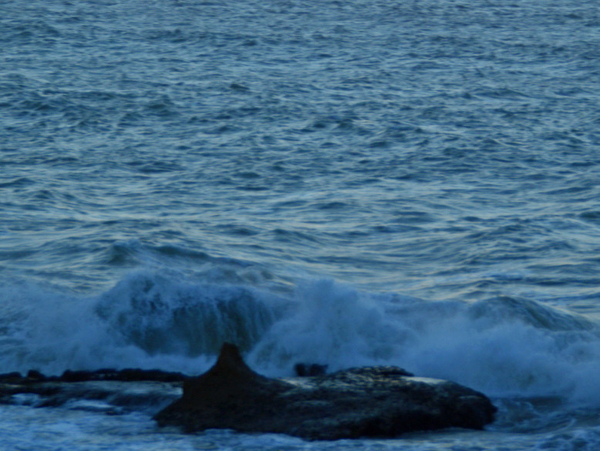 I first head for the water. The wind blows so hard here that relaxing on the beach is nearly impossible, so there are no hordes of beach tourists. Known as the ‘Wind City of Africa,’ it does attract windsurfers between April and November. What I find instead is the fish market and dozens of blue fishing boats. I also discover the 18th century fort and ramparts.
I first head for the water. The wind blows so hard here that relaxing on the beach is nearly impossible, so there are no hordes of beach tourists. Known as the ‘Wind City of Africa,’ it does attract windsurfers between April and November. What I find instead is the fish market and dozens of blue fishing boats. I also discover the 18th century fort and ramparts.
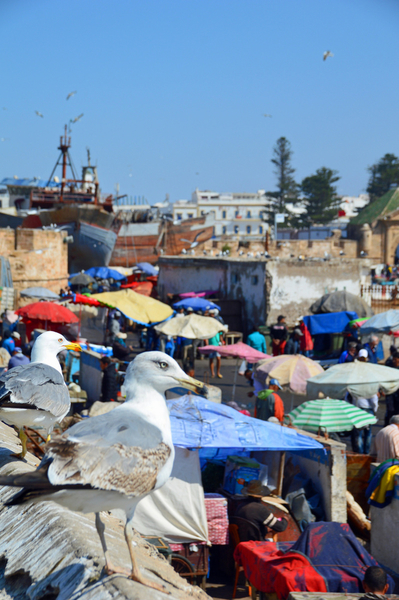 In 1506 the Portuguese built a fortress on this site lending to the city’s European influence. In 1760, the sultan Mohammed III ordered the construction of the city and ramparts. From the time of its rebuilding until the end of the 19th century, Essaouira served as Morocco's principal port. Goods of the caravan trade from the sub-Saharan to Timbuktu were transported through the desert and over the Atlas Mountains. The road from Marrakesh to Essaouira is a straight line explaining why the sultan chose this city over other ports.
In 1506 the Portuguese built a fortress on this site lending to the city’s European influence. In 1760, the sultan Mohammed III ordered the construction of the city and ramparts. From the time of its rebuilding until the end of the 19th century, Essaouira served as Morocco's principal port. Goods of the caravan trade from the sub-Saharan to Timbuktu were transported through the desert and over the Atlas Mountains. The road from Marrakesh to Essaouira is a straight line explaining why the sultan chose this city over other ports.
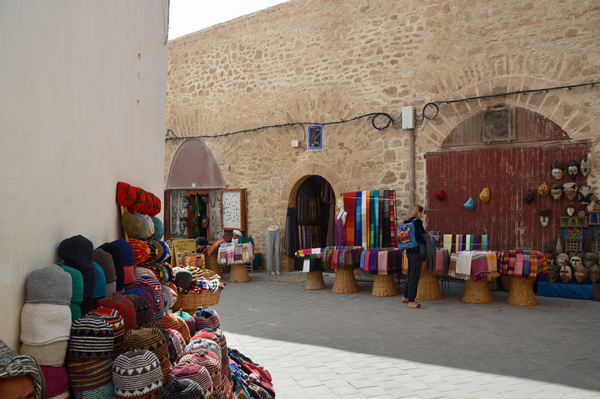
The fish market is wedged between the ocean and the fort. Here individuals, merchants and restaurant are busy buying every fish imaginable. The outdoor market is located at the water’s edge. Blue fishing boats are moored nearby. Some men peddle their fish while others repair their nets. Overhead are flocks of seagulls and underfoot pleasantly satisfied cats meander between makeshift booths or sleep in the sunshine.
Visit in the early hours of the morning for the chance to see the fishermen returning with the catch or visit before lunch to witness the sale of the daily catch.
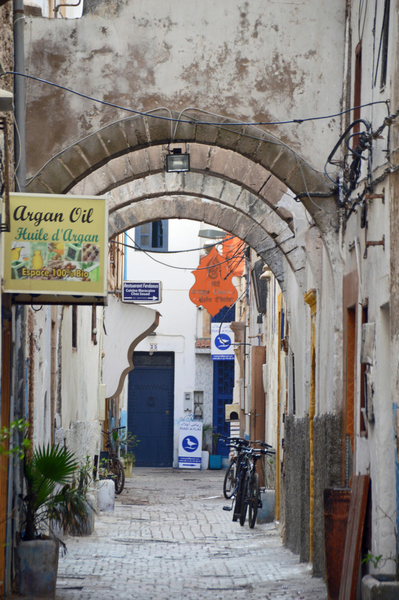
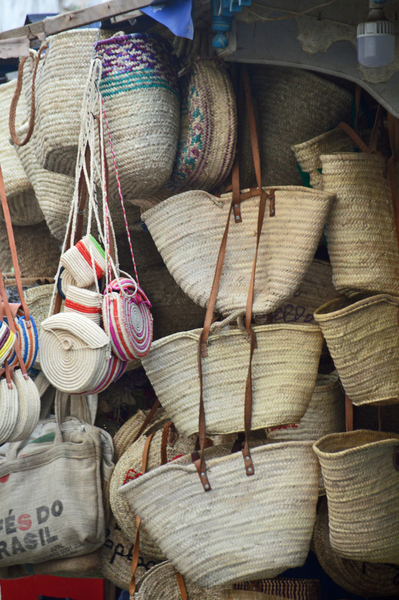
From the fish market and fort I wander through the medina. The medina is well preserved and easy to navigate. Built between the 18th and 19th centuries, the oldest area is the Kasbah, a fortified area where dignitaries lived. I walk along spice-scented lanes and stop to admire pottery, brightly colored clothing, woodworking and art. There are also small craft workshops in the medina. I spend the day shopping and chatting with merchants.
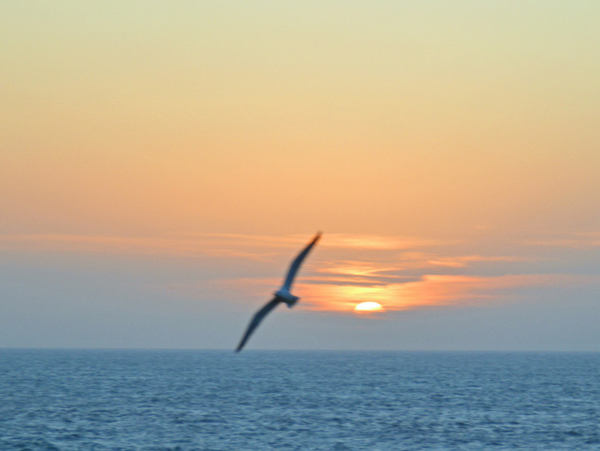
As the sun begins to lower in the west, I walk to Il Mare restaurant known for its exceptional seafood and location directly by the sea.
Just as the sun sets, I watch people walking along the ramparts below me, past cannons that once protected the city while others are aiming their cameras toward the tangerine and yellow sky.
Essaouira is another chapter in my Moroccan adventure; one I enjoyed and can easily recommend.

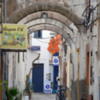
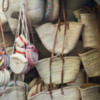
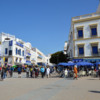
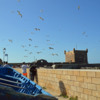
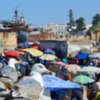
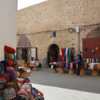
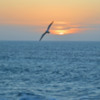
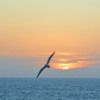

Comments (2)